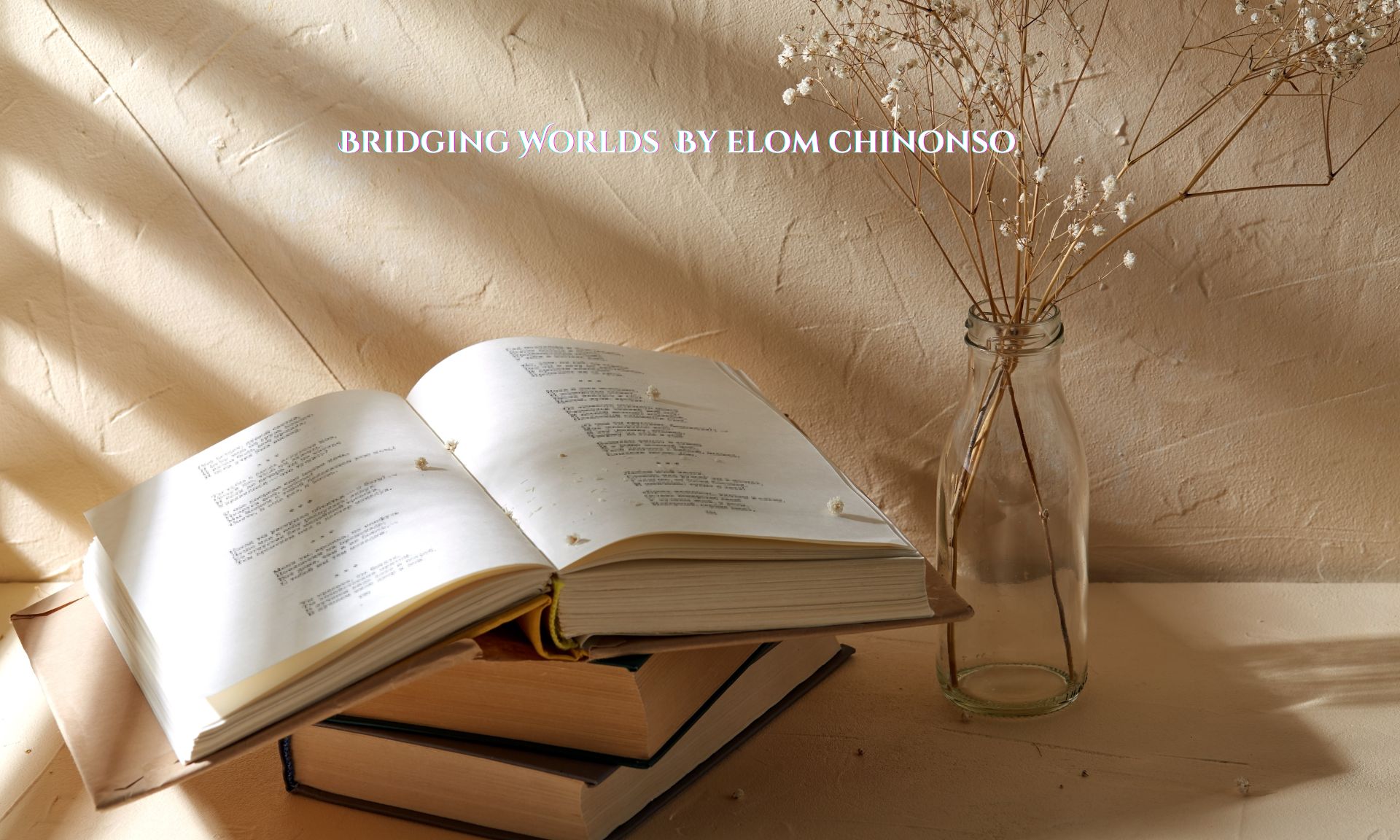
From the heart of Africa, where the sun’s embrace,
Warms the soul and stirs the earth,
To England’s shores, a different pace,
Of rain-soaked days and hearth-bound mirth.
In Africa, the drumbeat’s call,
Echoes through the night’s embrace,
A rhythm shared by one and all,
A timeless bond, a sacred space.
Here, in England’s mist and rain,
The silence speaks in whispered tones,
Through cobblestone streets and verdant lanes,
Where history’s voice in stone intones.
I left behind the market’s hum,
The vibrant hues of woven thread,
For muted skies and muted sun,
Where ancient oaks in silence spread.
The dances of my native land,
With feet that tell a story old,
Now blend with England’s calmer hand,
A tale of two worlds’ threads unrolled.
I struggled first to find my way,
In customs new, with speech refined,
Yet slowly, through each passing day,
A bridge was built within my mind.
The spice of home, the taste of new,
Combine to form a richer blend,
From Africa’s warmth to England’s dew,
In both, my roots and wings extend.
Adapting means to blend and grow,
To take the best of both I see,
In England’s rain, in Africa’s glow,
A hybrid self that’s truly free.
Introduction
In “Bridging Worlds,” Chinonso Elom, an accomplished writer and educator hailing from Nnamdi Azikiwe University and currently pursuing a master’s degree at the University of Northampton, masterfully explores the emotional and cultural transition between Africa and England. Through vivid imagery and evocative language, Elom captures the essence of this journey, highlighting both the challenges and the rich tapestry of experiences that define his adaptation process.
Poetic Elements
Imagery and Symbolism:
Elom employs rich imagery to contrast the vibrant warmth of Africa with the serene, sometimes austere beauty of England. The “sun’s embrace” and “drumbeat’s call” of Africa evoke a sense of community and vitality, while England’s “mist and rain” and “cobblestone streets” suggest a quieter, more reserved environment. These images not only paint a vivid picture of the two settings but also symbolize the cultural dichotomy Elom navigates.
Structure and Form:
The poem is composed of seven quatrains, each following an ABAB rhyme scheme. This consistent structure mirrors the steady progression of Elom’s journey from initial cultural dissonance to eventual integration and harmony. The rhythmic quality of the poem underscores the ongoing process of adaptation, reflecting both the constancy of cultural identity and the fluidity required to blend different traditions.
Themes
Cultural Differences and Adaptation: The poem poignantly depicts the stark contrasts between African and English cultures, highlighting the initial difficulties Elom faces in adjusting to new customs and social norms. The transition from the “market’s hum” to “muted skies” symbolizes the broader challenge of adapting to a foreign environment.
Integration and Identity: Central to the poem is the theme of forging a hybrid identity. Elom illustrates how he gradually merges the “spice of home” with the “taste of new,” creating a richer, more nuanced self that embraces elements from both cultures. This theme celebrates the potential for personal growth and enrichment through cultural exchange.
Detailed Analysis
“Bridging Worlds” begins by juxtaposing the lively, communal atmosphere of Africa with the more subdued, introspective ambiance of England. The opening lines, “From the heart of Africa, where the sun’s embrace, / Warms the soul and stirs the earth,” immediately immerse the reader in the sensory richness of African life. This warmth and vitality contrast sharply with the subsequent depiction of England’s “rain-soaked days” and “hearth-bound mirth,” where connection and warmth are found indoors, often in more private, intimate settings.
As the poem progresses, Elom delves into the emotional landscape of his transition. The line “I left behind the market’s hum, / The vibrant hues of woven thread,” evokes a sense of longing and nostalgia for the familiar sights and sounds of home. This is contrasted with the “muted skies and muted sun” of England, reflecting the initial sense of alienation and the challenge of finding one’s place in a new cultural context.
However, the poem is not solely about struggle. It is also a testament to resilience and adaptation. Elom skillfully portrays the gradual process of acclimatization: “Yet slowly, through each passing day, / A bridge was built within my mind.” This metaphorical bridge signifies the growing connection between the two worlds, illustrating how Elom begins to blend his African heritage with his new English experiences.
The culmination of this journey is beautifully expressed in the lines, “Adapting means to blend and grow, / To take the best of both I see.” Here, Elom celebrates creating a hybrid identity that honors his roots while embracing new influences. This integration is not a loss of identity but rather an enrichment, a synthesis that allows Elom to “extend” his roots and wings in both cultural landscapes.
Conclusion
“Bridging Worlds” is a profound reflection on cultural adaptation, skillfully capturing the emotional nuances of Elom’s journey from Africa to England. The poem eloquently portrays the challenges and rewards of navigating and merging distinct cultural identities through vivid imagery, structured form, and thematic depth. It is a testament to the resilience of the human spirit and the beauty of cultural diversity, making it a poignant piece for readers in national newspapers and literary blogs alike.
In another related article, The Enduring Influence of Shakespearean Literature on the Modern Generation
Follow our socials Whatsapp, Facebook, Instagram, Twitter, and Google News.








